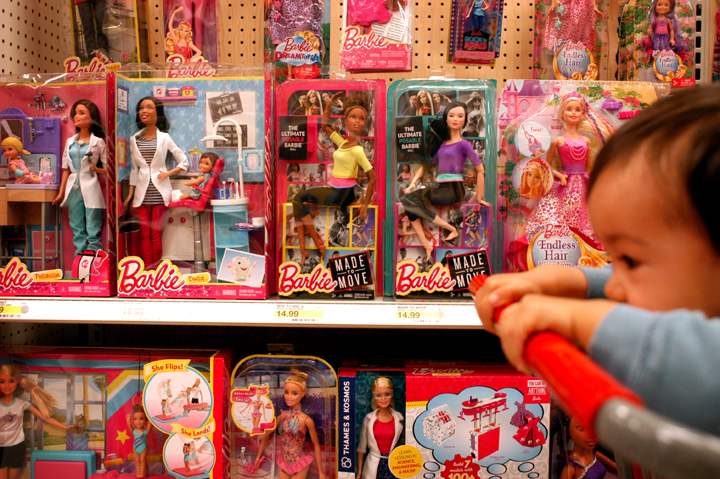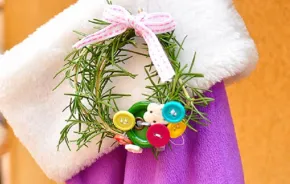
A few years ago, I bought my blonde-haired, blue-eyed niece a set of paper dolls in a rainbow of people colors.
"We don't play with the dark ones," she told me, pushing those figures aside.
Then 5 years old and at the height of her princess phase, she ranked her favorite Disney starlets: Cinderella, Belle, Snow White, Jasmine, Tiana. The darker they got, the lower their rank.
I didn’t know what to say. Where did this little girl learn not to play with “the dark ones?” Certainly not from her liberal parents.
In the post-election daze that I'm still in, I’m wondering what messages kids get through their playthings. Even our blue state isn’t immune from the open hate that came out of the campaign season. On a Friday soon after the election, police found a swastika painted in Bellevue’s Downtown Park (albeit with a red “x” over it).
We’re looking at four years of a potentially much meaner country. What are we going to tell our children?
South Seattle mom Connie So, who was born in Hong Kong, says she only buys ethnic Barbies for her kids. And by ethnic, she explained, that’s anything with brown hair and not blue eyes. So is a senior lecturer in the University of Washington’s American Ethnic Studies department, and her kids are equally tuned in to issues about race. At big box stores, her daughter was the one who pointed out, “How come they don’t have Asians here? They don’t think we’re attractive?”
“My kids only have Asian Barbies,” So said. “Maybe one or two white ones.”
Ethnically diverse dolls are a big business. In January, Mattel released Barbie in seven skin tones, 22 eye colors and 24 hairstyles. And it’s paid off — in October, Mattel announced that worldwide sales for Barbie went up 16 percent compared to last year.
In the 1940s, sociologists Kenneth and Mamie Clark asked black children which doll they preferred, a white baby doll or a black baby doll. The results of their experiment were heartbreaking: The majority of the children chose the white doll and said the white baby was nicer.
This study isn’t just a relic of our segregated past. My most cherished childhood treasure from Taiwan was a doll the size of a real baby, whose blue eyes blinked and whose blonde hair I loved until she went mostly bald. My 2-year-old niece, who is Chinese and Vietnamese, recently announced that she wants "yellow hair and purple eyes" like Elsa. "Next doll we get will have dark hair," my sister said.
Between my two boys, we just have one much-adored baby with dark eyes and soft black hair. (It's IKEA’s Asian Lekkamrat doll, now discontinued.) I’m picky about the dolls that come into our house, our bookshelf is populated with stories starring Asian kids. A little over-zealous? Probably, considering that half my children's genes are blond and green-eyed. But I want to shield my kids as much as I can from the hurt that comes with being different.
The morning after the election, at kindergarten drop-off, I overheard my son’s classmate ask, “How do you spell ‘Donald Drumpf?’”
“D-D-D-Donnnald,” the teacher sounded out patiently.
I can’t shield my children from the outside world for four years. I want them to play with “the dark ones,” and the light ones and the medium ones, too. But maybe I am projecting my own insecurities and fears on them. They are just kids, after all.
I tried discussing how people come in different colors with my 5-year-old. Your eyes are dark brown like Mama's, I told him. What color are Dad's eyes?
His confident response: "Orange."











